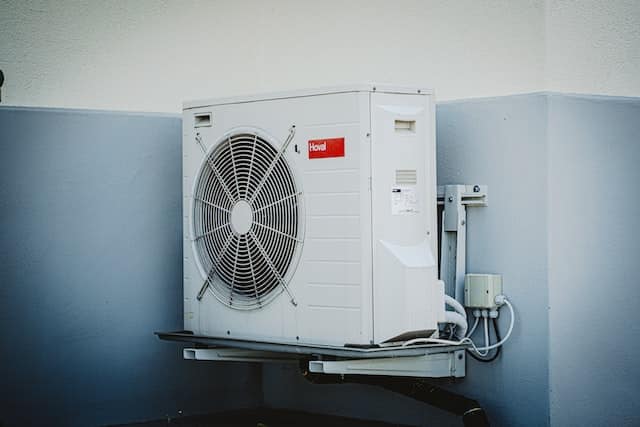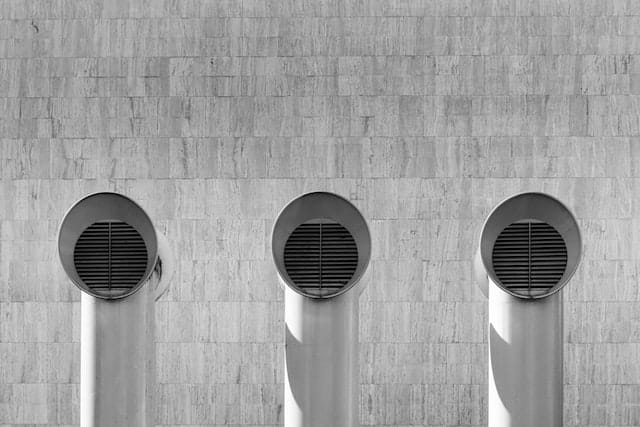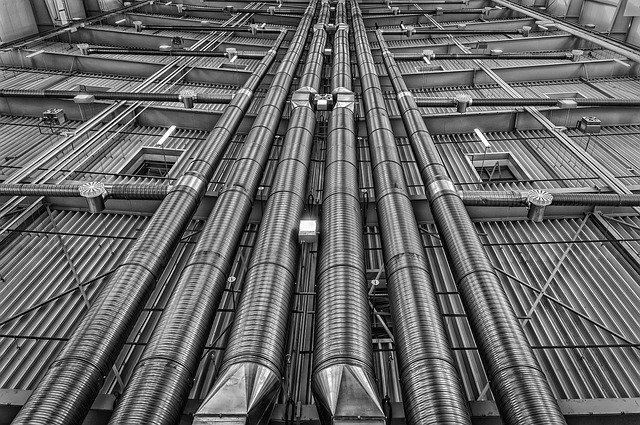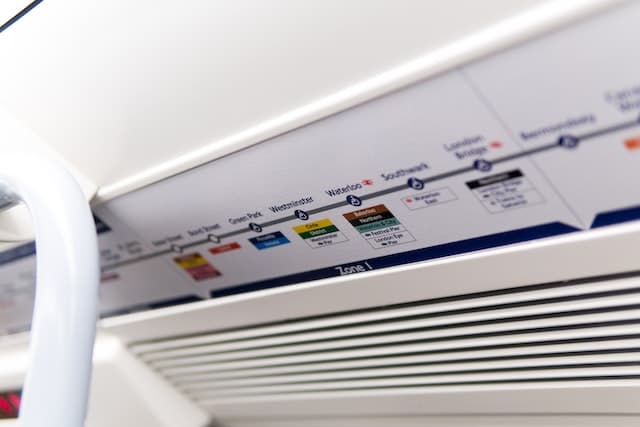Several factors will determine how often you need air duct cleaning. People with pets will benefit from more frequent cleaning. Fur and dander from pets can quickly get inside the air ducts. These allergens can then build up over time. People with allergies and asthma should consider getting their ducts cleaned biennially or more often. It may even be a good idea to have your ducts cleaned twice a year in humid climates.
If you have lived in your home for any time, you likely have dust-filled ducts. While dusting is not a pleasant task, it must be done regularly. If you have recently undergone renovations, it is essential to have your ducts cleaned. This is because dust from the construction process will get into the vents and can cause unhealthy particulates to be released into the air.
Before hiring a company to clean your ducts, do your homework. You can look up reviews online or ask around. Look for professionals with a good reputation and much experience. They will be better able to tackle tough jobs and have more satisfied customers to back them up.
Cleaning your ducts will also keep your air system running more efficiently. Dust and dirt build-up can lead to various health risks, from allergies to asthmatic reactions. Likewise, dirty ducts can attract pests and other insects, which can lead to respiratory problems. Therefore, getting your ducts cleaned regularly is essential to protect your health.

Regular air duct cleaning is necessary for the home to keep the air quality in your house clean. Pollen and dust can get stuck in the ducts and cause health problems for sensitive people. In addition, people with allergies will also benefit from proper air duct cleaning, which will remove these contaminants.
Professional air duct cleaning services will clean your ducts thoroughly. The National Air Duct Cleaners Association recommends cleaning your ducts every three to five years. Still, the frequency can vary greatly depending on the climate in your area, how often you use your HVAC, and whether anyone in your home has allergies or asthma. The air duct cleaning process involves inspecting the HVAC system and cleaning the ducts. The technician uses handheld brushes and vacuum machines to remove accumulated dirt.
There is a long-standing debate over how often to clean your air ducts. Should it be done annually, bi-annually, or more frequently? This is a question many homeowners have asked themselves, but the answers differ. Here are some essential tips to keep your air ducts in tip-top shape.
Duct cleaning equipment improves indoor air quality, especially if you live in an area that receives wildfire smoke. It also reduces energy use and eliminates allergens and impurities. Finally, a clean air system makes your home more hygienic and saves you money on heating and cooling costs.
Air duct cleaning is a vital part of maintaining a healthy indoor environment. Dirty air ducts circulate allergens and other debris throughout the home. These particles can cause respiratory problems, and regular cleanings help remove these particles. However, if you have allergies or suffer from a specific health condition, you may want to consider a more frequent schedule.
Air ducts can be dirty for years, so a regular cleaning schedule is highly recommended. However, it would help if you also considered other factors, such as the environment and lifestyle of your home, to determine the proper frequency for cleaning. For instance, if you live in an area with much-polluted air, you may want to schedule a cleaning every two to three years.
Cleaning air ducts is also essential to maintain the efficiency of your HVAC system. When your HVAC system is not working as efficiently as it should, you will pay higher energy bills. Additionally, if you notice signs of rodents, mould or vermin infestations, or if dust is collecting on air registers, you may want to have your air ducts cleaned.
Cleaning your air ducts will make your home cleaner and help remove odours that make you sneeze. By making your air ducts clean, you’ll also improve the efficiency of your HVAC system. That way, you can save money on energy bills as well.
Dust and allergens can become trapped in the air ducts of your home. These particles can affect your health and worsen your symptoms. If your ducts are not kept clean, they can spread these allergens throughout your home. These particles can enter your home’s open windows and doors and be dispersed through the HVAC system. Mould spores can also grow anywhere inside your home and spread these allergens.
Allergens in air ducts can be harmful to the health of your family. You may already suffer from allergies or be at risk of developing them. If you’re concerned about the allergens in your air ducts, you can deal with this problem in several ways. You can begin by determining which allergens are causing you problems.
A quality filter is the first step in reducing airborne allergens. If you cannot do this yourself, you can hire a professional. Getting a high-quality filter will help keep your air quality high. You may also want to consider a professional air duct cleaning service.
Leaks in air ducts can cause a variety of problems for your home. For one, they can spread toxins throughout your home. The leaks in your ducts can pull air from outside or your basement, which may contain harmful chemicals. This can cause various health problems for everyone in the home, from asthma and allergies to respiratory distress.
Leaks in your air ducts can also cause excessive dust in your home. This is because dust gets into the ducts through holes. When this happens, it will be blown throughout your house, causing foul odours. Also, if your air ducts are not properly connected or insulated, they can develop mould and mildew. The dirty air will leave marks around your vents. This debris could be dirt, lint, or even tiny pests.
Another sign that your air ducts are leaking is uneven cooling in different parts of the house. Cold air can’t get to all parts of the house aspectsthis happens. For instance, rooms on the second or third floors can be warmer than those below. To avoid this, you should make sure that the temperature in every room in your home is consistent throughout.



